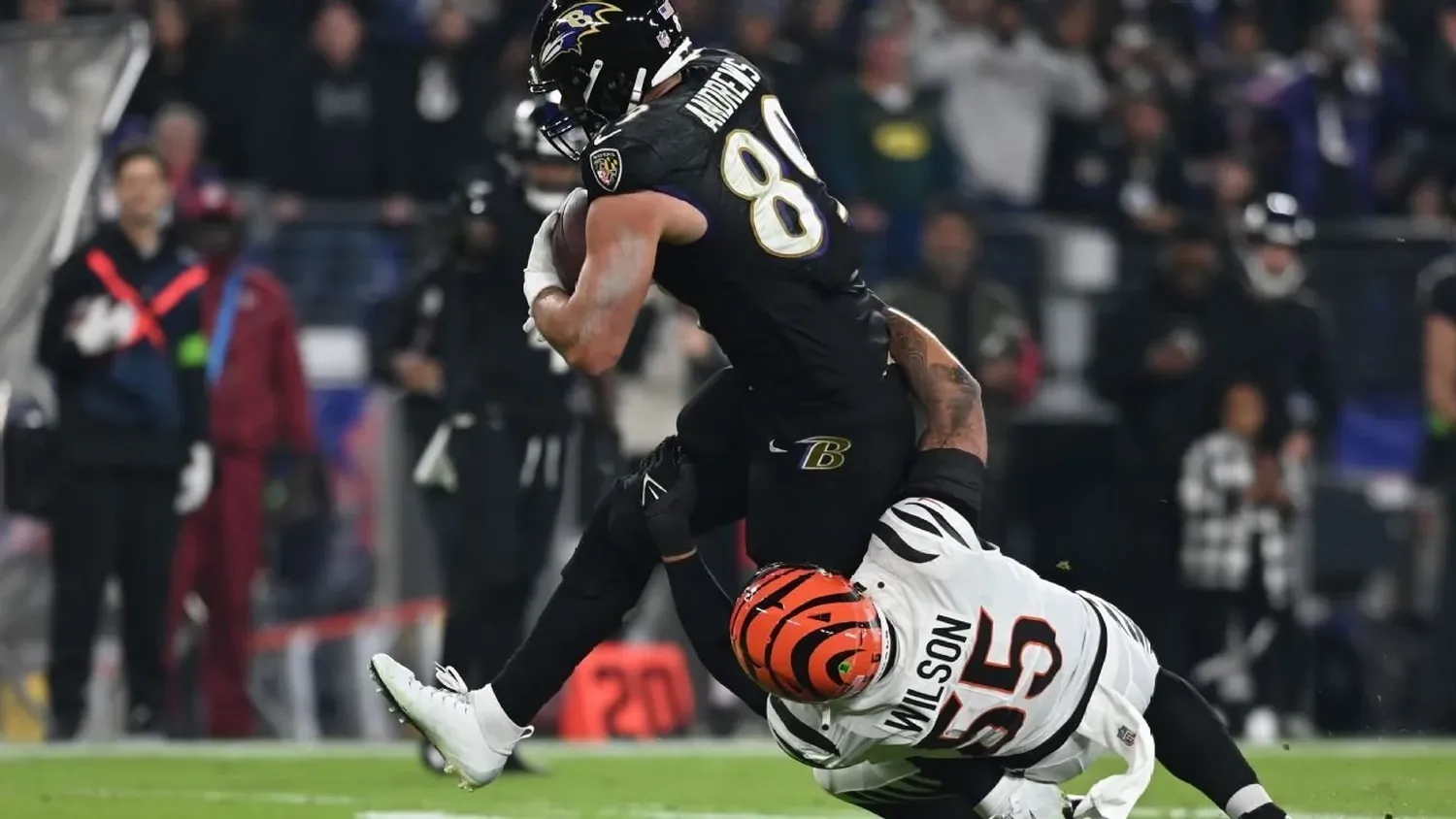NFL's New Tackle Rule: A Step Towards Safer Football or a Step Too Far?
The NFL's recent decision to ban the swivel hip-drop tackle has sparked a significant debate across the sports world. This move, unanimously approved by team owners during the Annual League Meeting in Orlando, Florida, aims to enhance player safety by eliminating a tackling technique often resulting in lower-body injuries. The new rule stipulates a 15-yard penalty for any player who employs this method, which involves grabbing the runner with both hands or arms and then swiveling and dropping their hips onto the runner's legs at or below the knee.
Critics and players alike have voiced concerns over the ban, fearing it may fundamentally alter the game's dynamics and further complicate the already challenging task of defense. Notably, retired three-time defensive player of the year J.J. Watt likened the ban to a shift towards flag football, highlighting the growing frustration among players regarding the continuous addition of rules favoring offensive play. Despite these criticisms, some, including injured players like Kenyan Drake, have expressed support for the rule, emphasizing the need to prevent severe injuries.
The NFL's Competition Committee, led by chairman Rich McKay, insists that the rule targets only a specific subset of the rugby tackling style, particularly the swivel technique that poses a high risk of injury to the runner. McKay clarified that the ban does not eliminate the hip-drop tackle entirely but rather the dangerous swivel technique associated with it. This distinction is crucial in understanding the rule's intent and scope, aiming to preserve the game's physicality while ensuring player safety.
The league's decision was informed by data showing a significant injury rate associated with the swivel hip-drop tackle. NFL executive vice president Jeff Miller reported 230 instances of the technique being used last season, with 15 players missing game time as a result. This statistic underscores the league's rationale behind the ban, highlighting the need to address specific actions that disproportionately contribute to player injuries.
However, the implementation of this rule raises questions about its enforcement and the potential for unintended consequences. Critics argue that the subjective nature of identifying the swivel technique could lead to inconsistent officiating and confusion among players and fans alike. Moreover, the reliance on post-game reviews and fines, rather than in-game penalties, may not effectively deter players from using the banned technique.
The NFL's ongoing efforts to improve player safety have led to numerous rule changes over the years, each with its own set of challenges and controversies. The ban on the swivel hip-drop tackle is the latest in a series of measures aimed at reducing the risk of injuries, particularly concussions and lower-body injuries, that have long plagued the sport. As the league continues to evolve, the balance between maintaining the game's physical essence and ensuring the well-being of its players remains a contentious issue.
The NFL's ban on the swivel hip-drop tackle represents a significant step in the league's ongoing commitment to player safety. While the rule's effectiveness and impact on the game remain to be seen, it underscores the NFL's willingness to adapt and address emerging health concerns. As the sport continues to evolve, the dialogue between the league, players, and fans will be crucial in shaping the future of football, ensuring it remains both competitive and safe for all involved.

